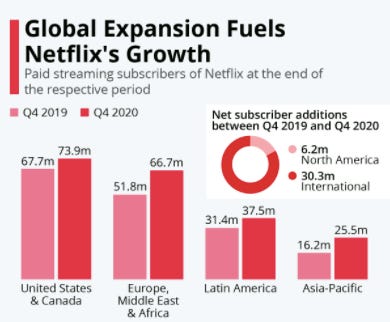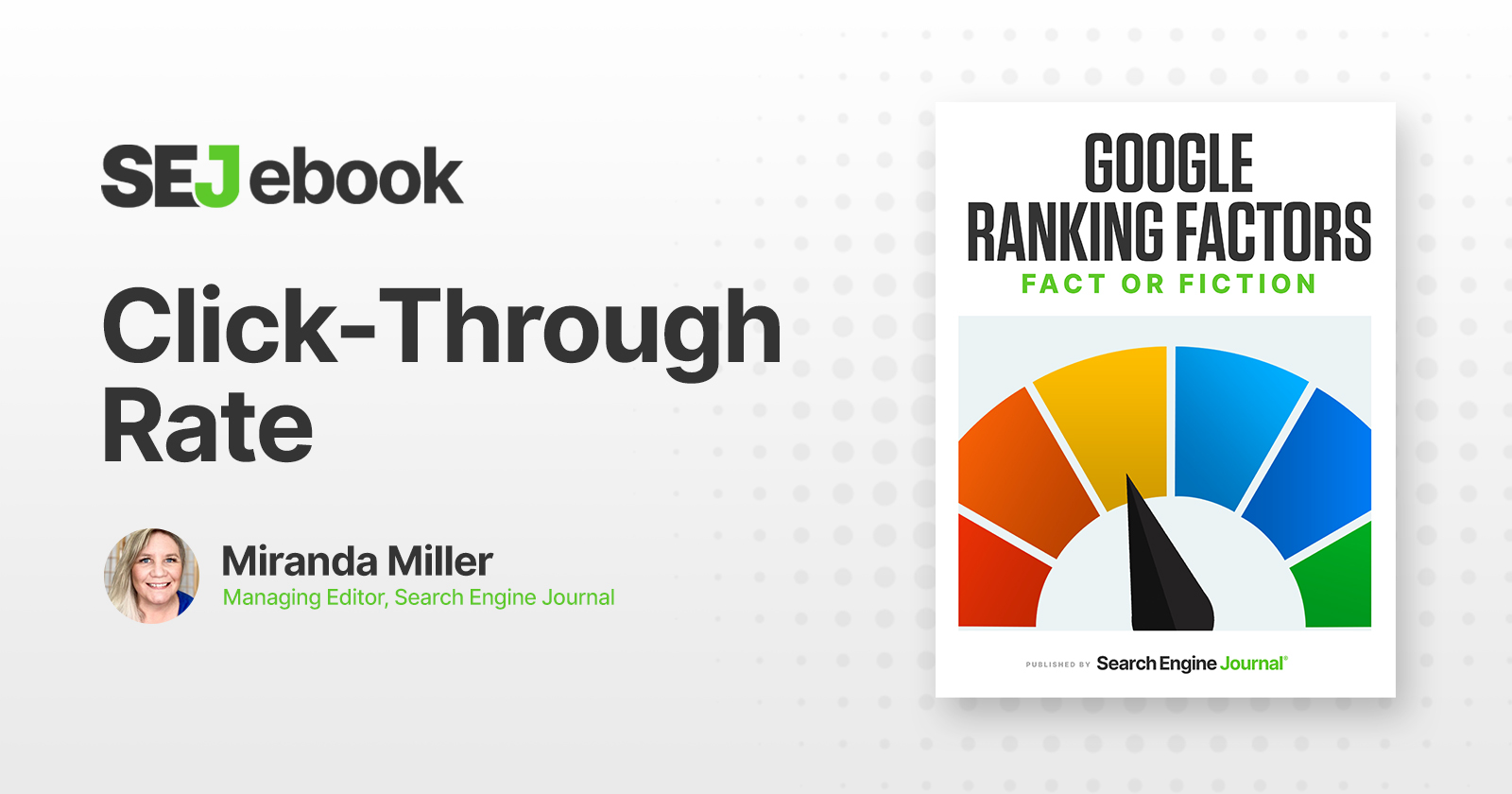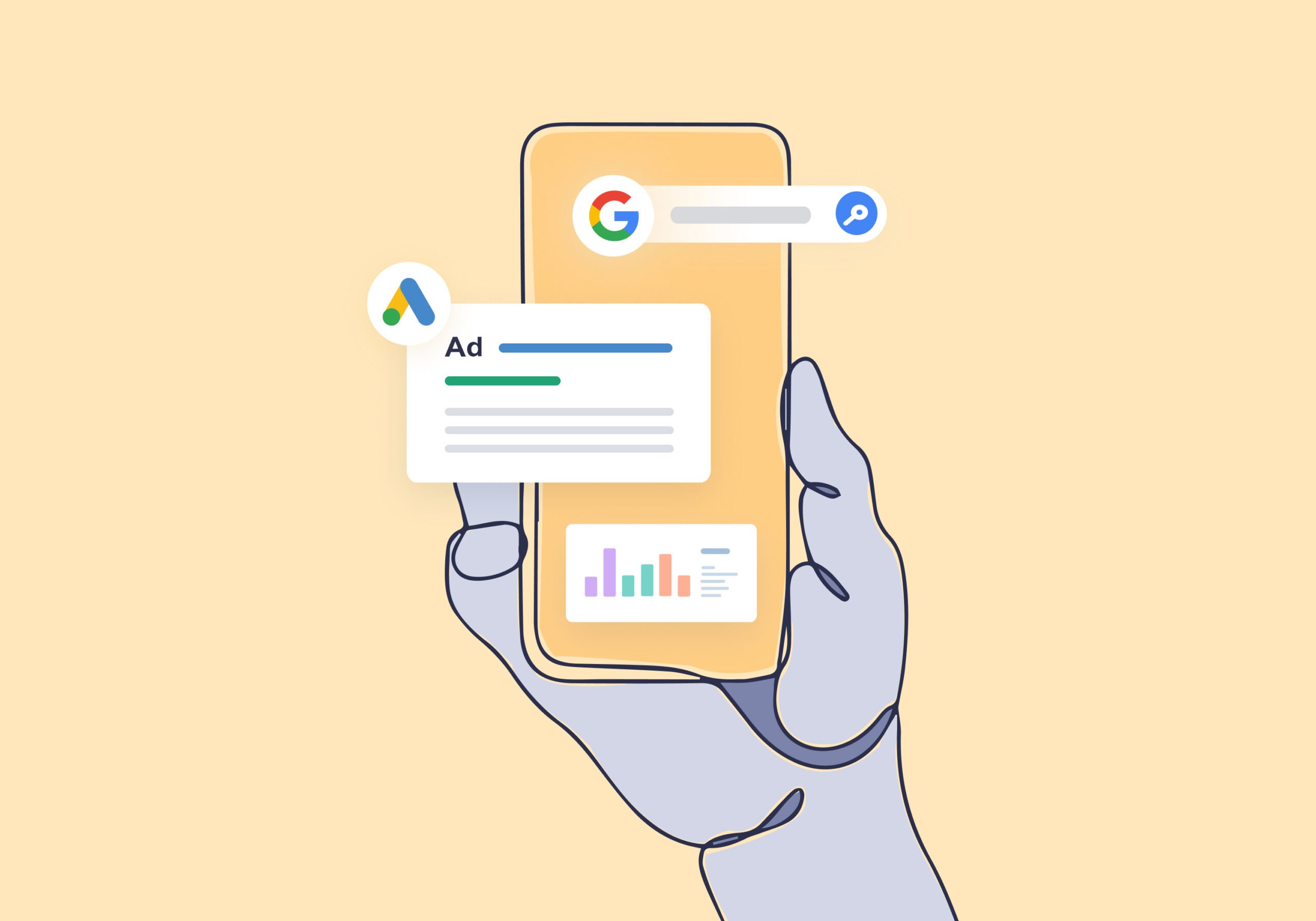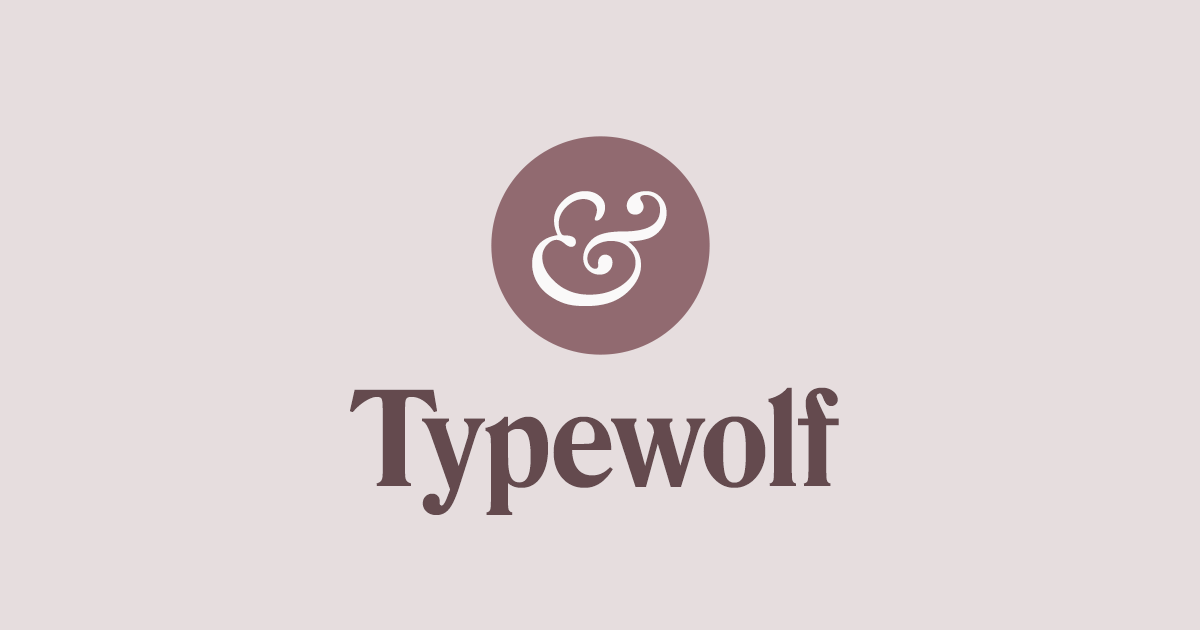- Marketer Milk
- Posts
- 🍎 How not to use ChatGPT
🍎 How not to use ChatGPT
Hii 👋
In the last edition of this newsletter, we talked about how innovation is created when you combine sameness with newness. And in a world of ChatGPT, the question becomes how do you stand out when all your competitors are asking the same questions?
Because, at the end of the day, you want to connect and resonate with people. We throw out words like "empathy" and "authenticity" when talking about building connections in our marketing messages.
But this is not enough.
Marketers sometimes forget that people love novelty. And it's when you combine novelty with brutal honesty that gets people to listen.
So how do you win in marketing?
You need a contrarian idea.
Here's an example: conventional wisdom says that you need to talk to your customers. You need to understand their wants, needs, and desires, and then communicate that internally to launch features that serve those desires.
The contrarian view of looking at this is to say no, this is not the right approach.
If you're in a room full of marketers that all say you need to talk to your users, but then you scream out loud "the customer is wrong they don't know what they want, here's why...", everyone in the room will pause to listen to what you have to say.
So how does this relate to ChatGPT?
Next time you're using ChatGPT to help you with content ideas, feed it a contrarian idea first. In this case, we asked GPT-4 to write an intro for this newsletter.
Here's the prompt:

Notice how this prompt doesn't follow all these "10 best prompts for ChatGPT" stuff — that's all nonsense. Just speak directly to ChatGPT as you would a regular human.
In this case, we fed GPT the idea that "people want to be led, and they often don't know what they want to be led about." We gave it a contrarian brain. Then we combined it with another topic about how AI may create sameness.
Next, we asked GPT to create a story weaving these topics together to create something totally new.
Once upon a time in the bustling city of Markethopia, two ambitious marketers, Sam and Alex, worked at a thriving startup called InnovateQ. They were always in search of groundbreaking ideas to enhance their product and make their marketing campaigns stand out from the crowd.
One day, Sam stumbled upon a contrarian view regarding customer feedback. It suggested that instead of merely doing what customers said they wanted, companies should lead customers to discover what they never knew they needed. Excited, Sam shared the idea with Alex, who was intrigued but unsure of how to integrate this new approach into their marketing strategy.
Around the same time, InnovateQ started using an AI-driven marketing tool, ChatGPT, to optimize their campaigns. While the tool was fantastic at analyzing data and automating tasks, Alex and Sam realized that many of their competitors were using the same technology, resulting in a sea of similar marketing messages. They knew they needed to find a way to combine the powerful AI tool with a fresh and innovative approach to stand out.
As the duo brainstormed, they started to see a connection between the contrarian view on customer feedback and the AI-driven marketing challenge. They realized that by taking the lead and showing customers what they never knew they wanted, they could differentiate themselves in a world of AI-generated sameness.
[This section was written by AI]
The story goes on, and as you can see it's not the best — but it is quite impressive.
So what's the takeaway? If you're going to use ChatGPT to help you with your marketing campaigns, from a content ideation perspective, make sure to feed it with ideas other marketers are not thinking of.
Have a contrarian idea (new-ness) and combine with another widely accepted idea (same-ness), then tell it to combine the ideas together.
Those "lightning strike" moments in your marketing career will come from having a contrarian idea and having it turn out to be right.
So observe all the sameness in the way different brands market themselves. Then think about how the opposite of what everyone is doing may be the better way. And if you use ChatGPT to help you content ideation, feed it those ideas before you start asking it questions to gain inspiration.
With that, let's get into what we have in store this week (lots of good stuff):
Marketing news from the past week
A guide to product-market fit
How the best companies measure content quality
Rephrasing H2's to improve organic traffic
How to improve conversion rates during a redesign
Ad from the past
Website of the week
Cool marketing jobs
And much more
🗞 In the news
🚀 All things growth & product
How Netflix acquired 200M+ paying customers, 20 acquisition channels, increasing feature adoption right away, why product positioning is so important, and how strategy and a guide to product-market fit.
💭 Guess the riddle
Why do content marketers constantly feel cold?
Answer is at the bottom of this email
✍️ Content and emails
How the best companies measure content quality, three science-based rules of writing, how to turn wild opinions into traffic and backlinks, and how DTC brands use email segmentation.
⚙️ SEO
Rephrasing H2's to improve organic traffic, benefits of server-side render for SEO, CTR as a Google ranking factor, and how PPC ads can affect your SEO.
🔮 Psychology and branding
Using behavioral science in marketing, the psychological moment of "wow," and the difference between brand purposes, vision, mission, and values.
🧠 Extra stuff
How to improve conversion rates during a website redesign, the Sandler Pain Funnel, why marketing is everything, and great examples of social media marketing.
📣 Ad from the past

(Kodak ad from the 1967)
Sameness + newness = innovation.
💻 Website of the week
🏝 Cool remote marketing jobs
Okay, that's it for now 💛. See you next Tuesday!

What did you think of this newsletter? |
“Fear is the cause of every problem. It’s the root of all prejudices and the negative emotions of anger, jealousy, and possessiveness. If you had no fear, you could be perfectly happy living in this world.” — Michael A. Singer
Riddle answer: They're surrounded by drafts



















